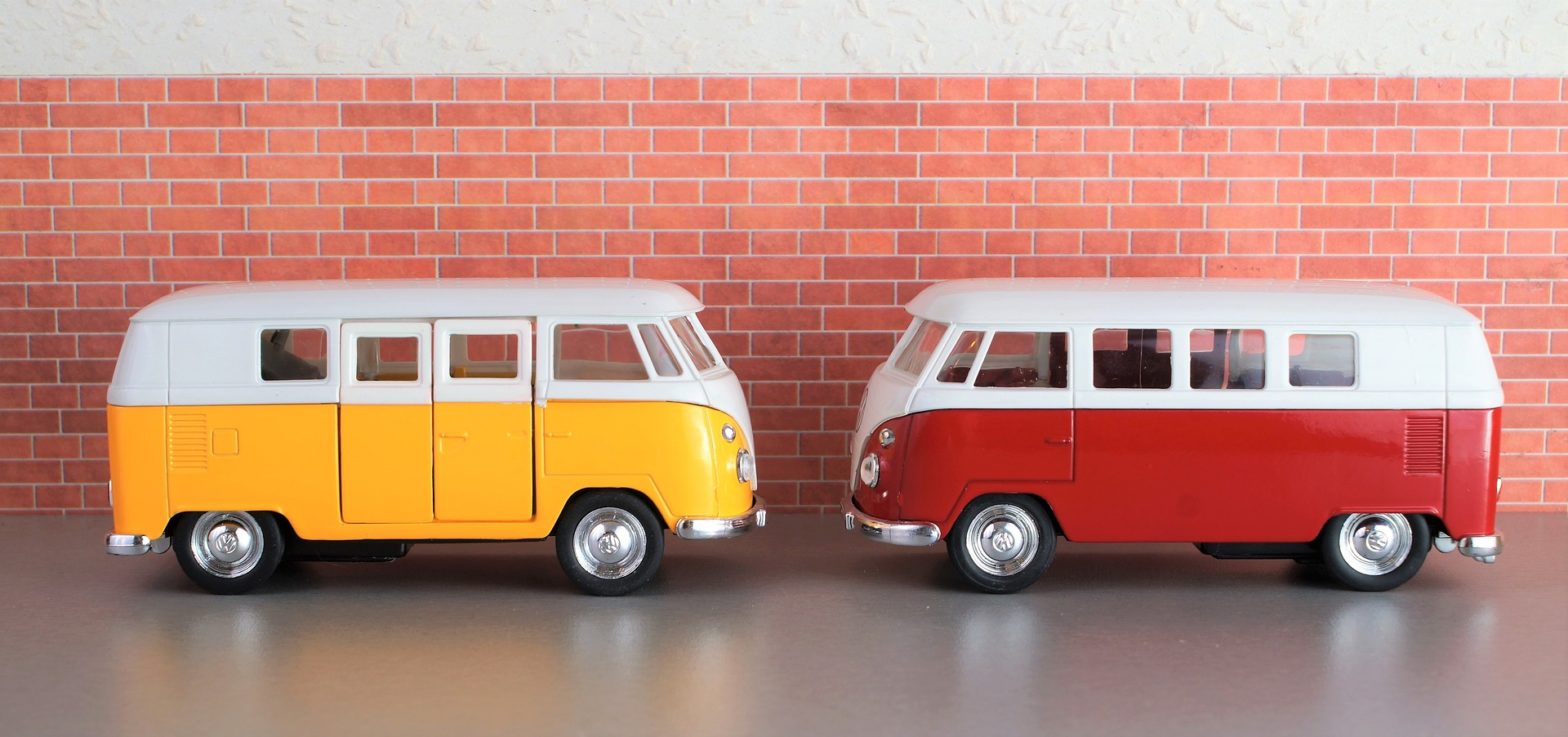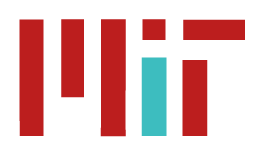
This summer we welcomed our first cohort of Summer Journeyers! From graduate students to experienced teachers, the group brought a diverse set of backgrounds and interests to the lab. They worked collaboratively on projects directly connected to the lab’s work, and on their own independent projects. Resources such as Plub’s Intro to Play, Kate’s Shadowspect lesson plans, and Prasanth’s role-playing game emerged from this time. If these sound interesting, you can browse through all the projects they worked on!
However, this post is not only about their journey, but about my journey designing the fellowship too. As a founding member of a new research group, I think a lot about what kind of lab I want to be in, and how I can make it so. I hope to be in a lab that plays together and plays with ideas, that has the freedom to explore and experiment, while also producing tangible things that can be shared and used for deeper learning. From early group discussions about our values, it was clear that there was interest in building a community and investing in relationships and collaborations. People outside of MIT were excited about the new Playful Journey Lab, and we also started getting a lot of questions about how they could get involved. So one day Yumiko (postdoc extraordinaire) and I sat down and brainstormed how we could open up the lab to invite more people in—to expand the community and infuse the group with new ideas.
Previously I had had a stint of investigating a number of fellowship programs at friend organizations like iCivics, Filament Games, Field Day Lab, and Concord Consortium. There were lots of success stories there—deep experiences for educators, and innovative work that emerged. But like a good designer, I crumpled those up and threw them in the trash in order to get a fresh start. Well okay, I carefully set them aside so they wouldn’t get wrinkled, and then used them all as inspiration. Some of our goals included opening up the lab to more people passionate about education, building a community of collaborators and friends, and developing rapid prototypes and resources to experiment with new ideas for the lab’s work. We wanted to create that collaborative, experimental environment to play with ideas, we wanted some concrete results and work to get done on our projects, and we wanted to do it in our own playful way.
So we came up with a format that had a mix of experiences: the Journeyers spent half of their time contributing to current projects in the lab, and the other half developing a personal project idea that related to their own work or interests. They had a lot of independence, with the freedom to shape their own fellowship experience, while also being part of a collaborative, close-knit group. They had the chance to be creative and try unfamiliar things, and also were asked to deliver something shareable and usable at the end. Balancing these opposing forces may sound like a tall order, but just as we hold our students to high standards when we believe in them, I was confident that our Summer Journeyers could figure out how to navigate this experience.
As with any adventure, we did encounter some obstacles. Disappearing projects, visa issues, and remote mentors to name a few. But once all five fellows were working in the same space, it was amazing how quickly they gelled and the magic began to happen. When we needed a video made, it was all hands on deck (or in this case, all hands on the piñata). When I suggested someone could use inspiration from tabletop RPGs, another Journeyer brought one in on the double and ran a game. We taught each other about LED wiring and 3D printing, we helped run playtests with kids, and most importantly we were regularly available for enthusiastic and thoughtful feedback on each other’s work. Discussions came up about learning and assessment in different contexts that sparked us all to think more deeply and take different approaches in our design and research work.
Some of the design elements of the Summer Journeyer fellowship we will definitely keep next year. The requirement that everyone spend the majority of their time physically in the same space built community that improved the projects. The mix of roles, experience level, and skills resulted in a nice jigsaw in the group and with the rest of the lab. And the balance of lab projects and personal projects made valuable connections. In the name of iteration, there are of course also tweaks we’ll make next time. The second time around, we will make the deliverables and expectations more clear from the beginning, setting project milestones so everyone can have something to share by the end. We’ll make the connections between the lab’s research and the independent projects tighter from the beginning, for a more coherent set of prototypes. And we will make sure everyone is playtesting early and often, to get more feedback and to involve more of the team. Overall, I would say what characterizes the Summer Journeyers program is: mix and balance. A mix of projects, skills, and interests; and balance between creative exploration and product deliverables. And of course, play and whimsy, because that’s just how we roll.
Now summer is over and at the end comes the post-mortem: How did we do? Was the program a success? The answer hasn’t completely come clear yet, because time will tell! If we stay in touch with the Summer Journeyers, if we collaborate on research projects, if we implement tools in their classrooms, if they share our work with educators who use it, if we get feedback from young people in their programs, if we reference their resources for our workshops… all of those will be signs of a successful journey for the lab. As for my personal journey, creating a fellowship program as an environment for creative learning design was a lot of work, and a labor of love. It feels really good to open up the lab to people who otherwise wouldn’t get to work here, thereby growing our extended family. I hope to find smaller ways to continue that engagement throughout the year, because I believe forming strong bonds with a network of people passionate about creative assessment and learning is our path to changing the world.

